Directions to get rich from green livelihood
In recent years, many farmers in Dong Thap have boldly changed their traditional farming methods, switching from monoculture of rice to a model combining duck farming and fish farming right on the fields. This method helps increase economic efficiency 3 to 4 times, while creating a green, environmentally friendly livelihood.
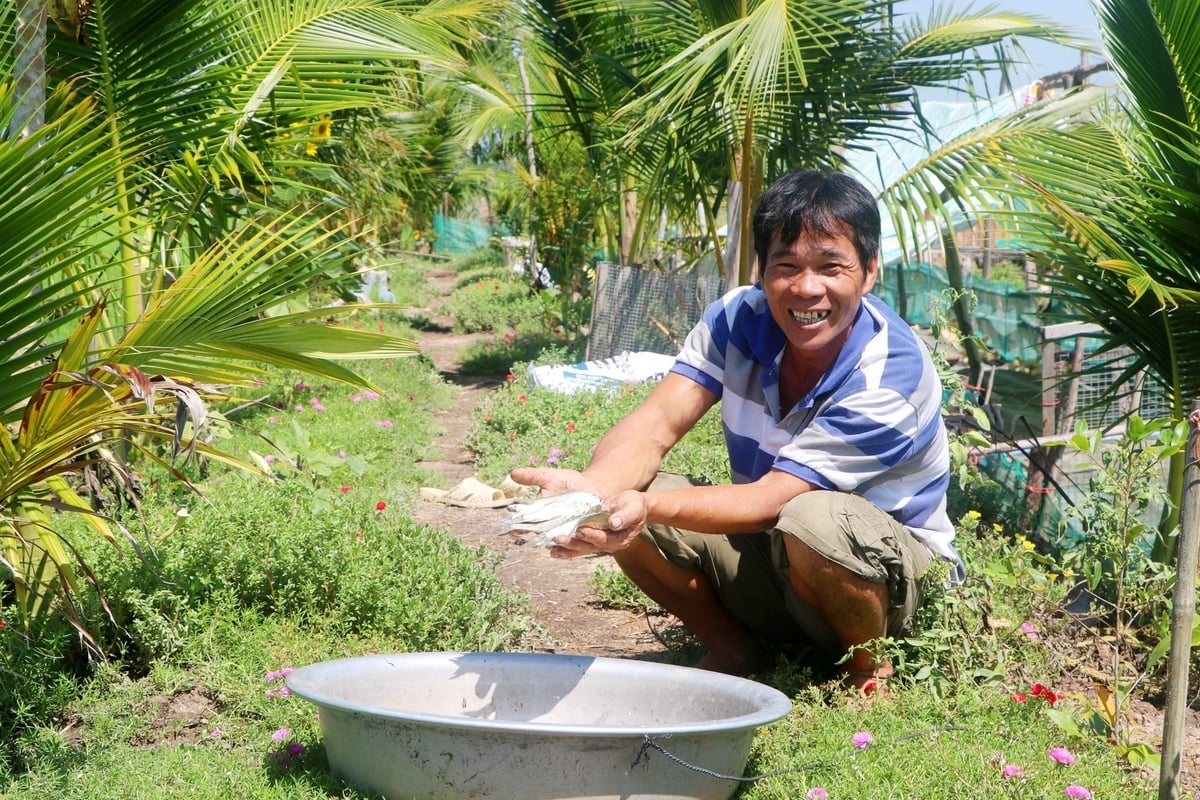
The “rice – duck – fish” model helps Mr. Nguyen Van Vuong increase his income many times over on the same cultivated area. Photo: Le Hoang Vu.
In Phu Tho commune, Mr. Nguyen Van Vuong is one of the pioneers applying the rice-fish-duck model since 2019. Leading us along the fish pond area of more than 1.5 hectares, Mr. Vuong shared that he had only 2 rice crops in the past, so his income was unstable. Since combining fish farming and duck farming in the fields, his family's economy has improved significantly. "The profit from fish and ducks is enough for daily expenses, and the money from selling rice is saved," he said.
According to Mr. Vuong, ducks and fish act as “natural enemies”, helping to destroy pests and golden apple snails, making the soil loose for rice to grow without the need for pesticides. In recent crops, his family has significantly reduced the cost of pesticides and spraying labor while the rice yield remains stable.
In 2019, encouraged by the agricultural sector of Tam Nong district (before the merger), Mr. Vuong and his relatives deployed the model on an area of 10 hectares. The family boldly invested in half-bank dikes and dug two large ponds to store fish during the flood season. At first, he was worried that using pesticides would damage the rice, but thanks to guidance from agricultural officials, the first crop yielded the same yield as normal fields while costs were significantly reduced.
His family applies the "1 must 5 reduction" sowing process, helping to save seeds, reduce fertilizers and pesticides, contribute to environmental protection and preserve long-term cultivated land.
Economic efficiency increased significantly
In the first crops, Mr. Vuong mainly used wild fish. In 2019, due to the small amount of fish due to small floods, the family earned more than 120 million VND on 10 hectares. Learning from experience, the next crop, he raised snakehead fish in ponds to release into the fields when the water receded, helping to increase output and raise revenue to more than 200 million VND, not to mention the profit from the ducks.

The model of raising ducks and releasing fish in rice fields in Phu Tho (Dong Thap) helps farmers make effective use of resources, increase income and move towards sustainable agricultural production. Photo: Le Hoang Vu.
Each rice crop, he raises about 3,000 ducks, selling about 6,000 of them twice a year. Although the profit from ducks is not as great as that from fish, ducks play an important role in helping to clean out pests and stir up the rice fields so that the rice plants can absorb nutrients better.
Mr. Vuong said: “Fish eat insects, ducks eat snails, and rice is pesticide-free. These three things support each other to create a closed production cycle that is both effective and sustainable.”
According to Mr. Nguyen Xuan Hoang, Chairman of Phu Tho Commune People's Committee, before the merger, Tam Nong district had 6 households participating in flood season livelihood models with forms such as rice, fish, duck and rice, loach, duck. Phu Tho commune alone currently maintains 3 rice, fish, duck models that are operating effectively. Reality shows that the model helps farmers increase income, reduce risks and adapt well to climate change.
Industry experts' calculations show that the rice-duck-fish model brings an average profit of 64.7 million VND per hectare per year, 34.6 million VND higher than traditional production. In addition to profits, the field ecosystem is improved, the soil is more fertile and the environment is better protected.
From the positive results, Phu Tho commune is aiming to replicate the model in areas with similar conditions. By 2030, the locality aims to have dozens of hectares of double-crop rice fields covered with closed plots, taking advantage of the flood season to raise freshwater fish to increase production value.
The locality also supports farmers in registering for VietGAP certification for rice areas and continues to call on businesses to link up and consume products along the chain, helping to stabilize output and ensure the sustainability of the rice-fish-duck model.
Source: https://nongnghiepmoitruong.vn/thoat-ngheo-nho-mo-hinh-nuoi-vit-va-tha-ca-tren-ruong-lua-d786826.html








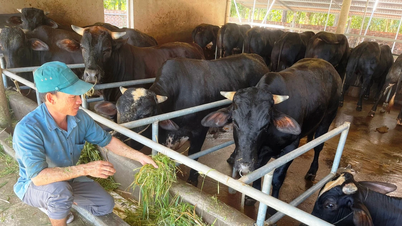



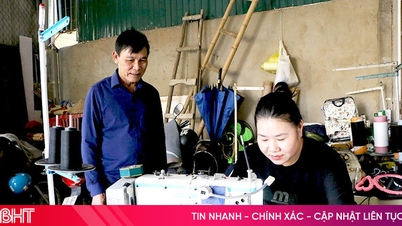





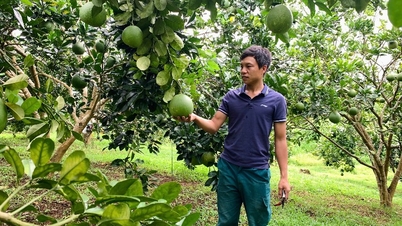

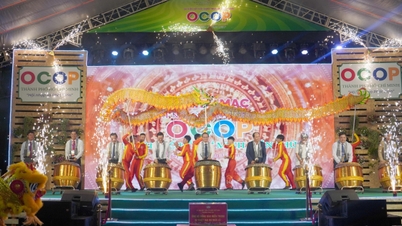
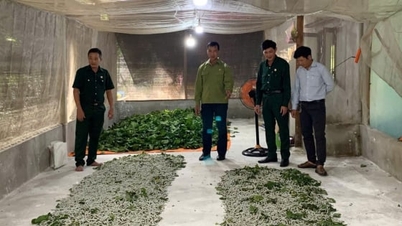
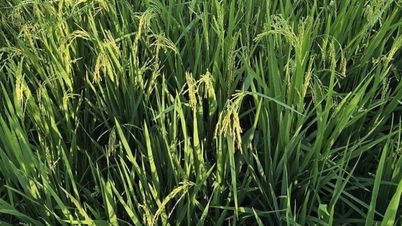
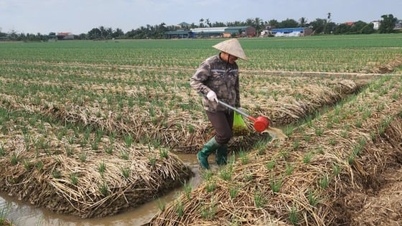
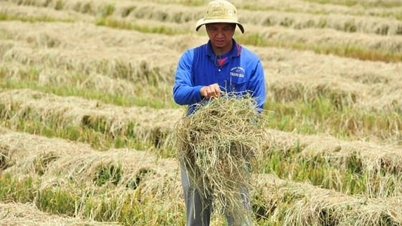
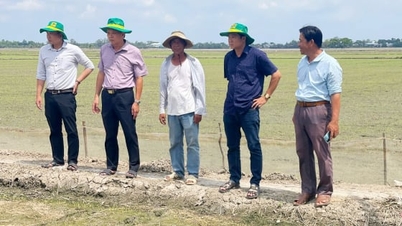




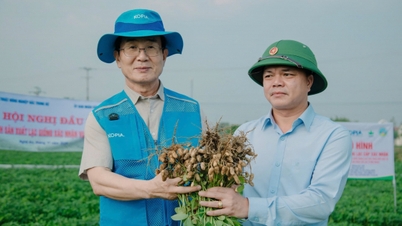

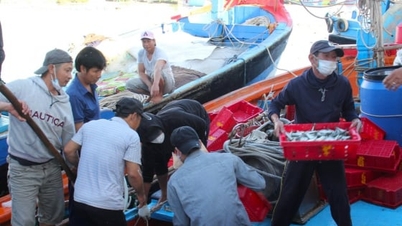
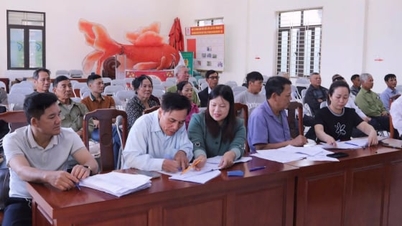

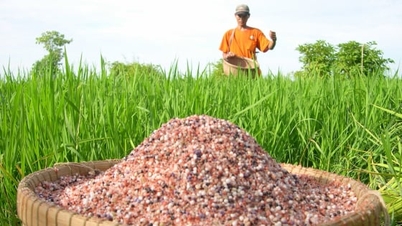
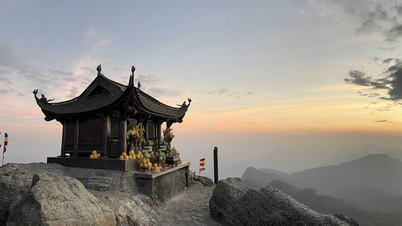



























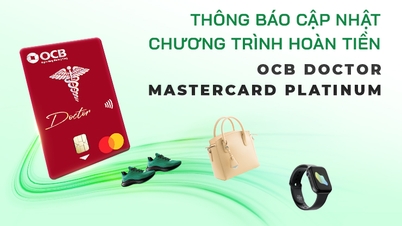







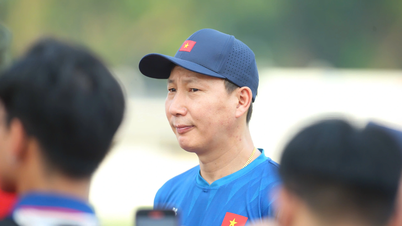



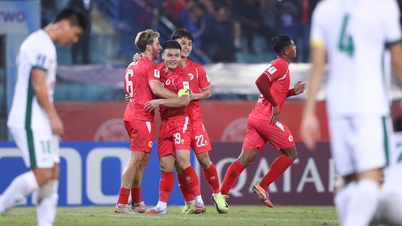


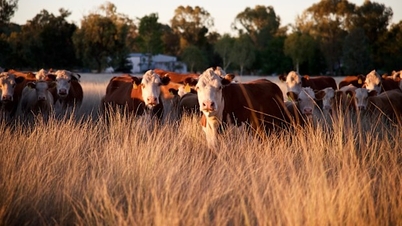



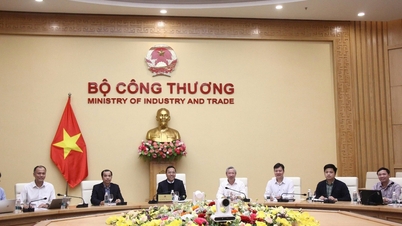


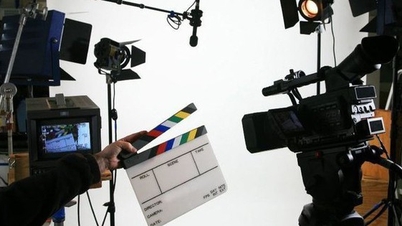
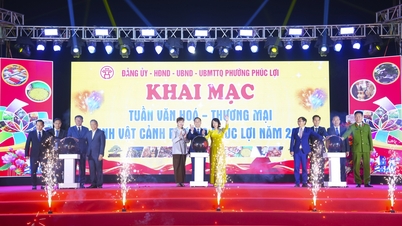


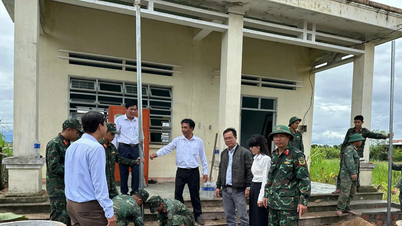
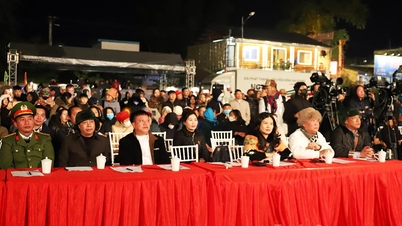



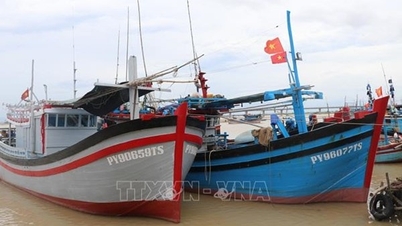









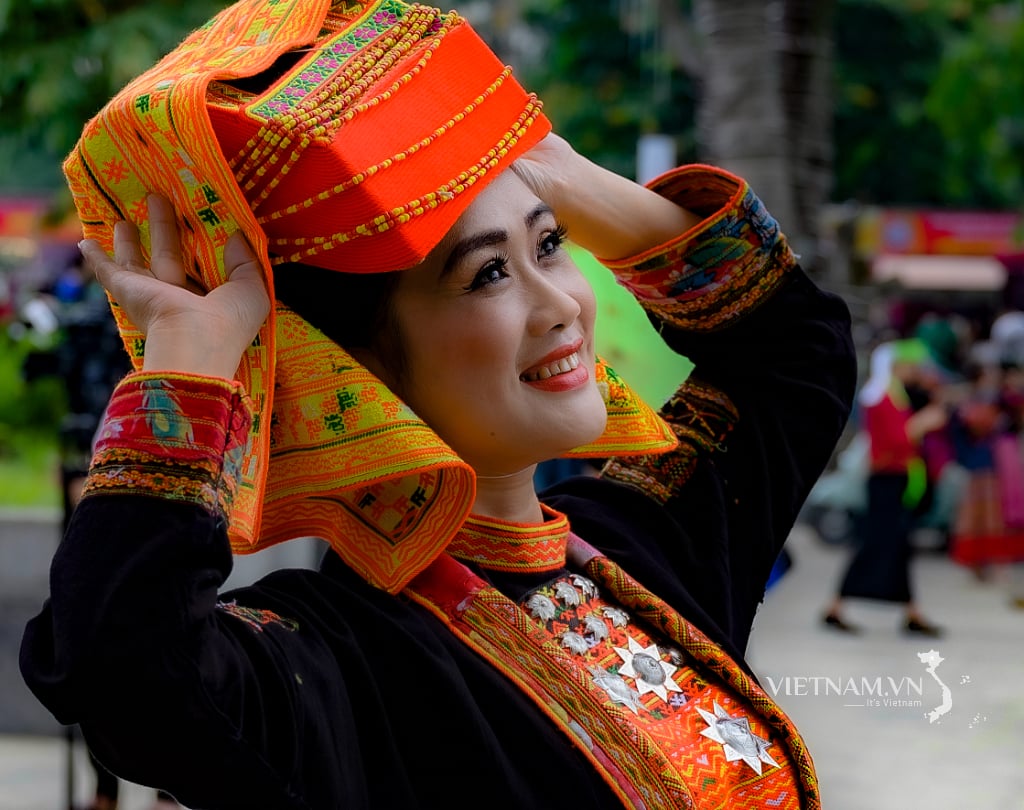

Comment (0)